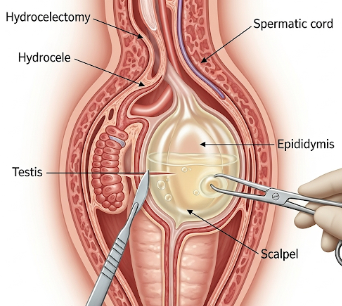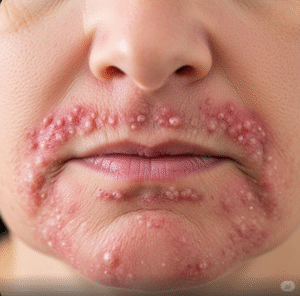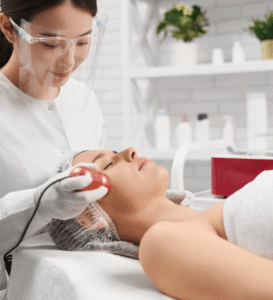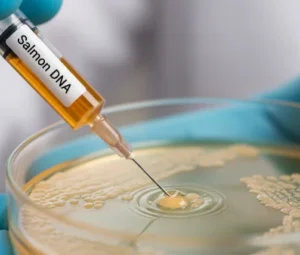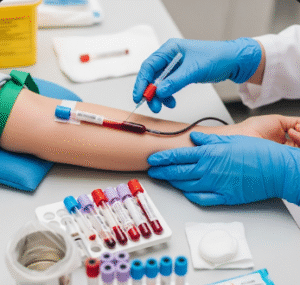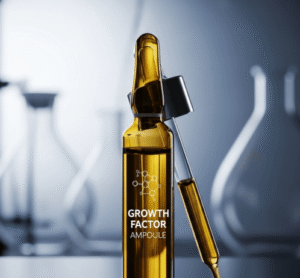Overview
Hydrocelectomy is a surgical procedure to remove a hydrocele, which is a fluid-filled sac around the testicle that causes swelling in the scrotum. Hydroceles are usually painless but can cause discomfort, heaviness, or cosmetic concerns.
South Korea is renowned for experienced urologists, advanced microsurgical techniques, and modern outpatient facilities, making it a preferred destination for patients seeking safe, effective, and minimally invasive hydrocelectomy.
What is Hydrocelectomy?
Hydrocelectomy involves:
- Surgical removal of the hydrocele sac
- Draining the fluid and excising the sac to prevent recurrence
- Performed under local, regional, or general anesthesia
- Minimally invasive options are available in select centers for faster recovery
Indications include:
- Large hydrocele causing discomfort, heaviness, or pain
- Interference with daily activities or mobility
- Infection or recurrent fluid accumulation
- Cosmetic concerns or psychological discomfort
What are the Benefits?
- Permanent removal of hydrocele → Reduces swelling and discomfort
- Minimal recurrence rate → Proper surgical technique ensures long-term resolution
- Improved mobility and comfort → Relief from heaviness and discomfort in the scrotum
- Short recovery period → Most patients resume normal activities within days
- Cosmetic improvement → Restores normal scrotal appearance
- Expert surgical care in Korea → Minimally invasive techniques reduce pain and complications
Procedure Details
1) How should I prepare for Hydrocelectomy?
- Preoperative evaluation → Physical examination, ultrasound, blood tests, and medical history
- Medication review → Blood thinners may need to be paused
- Fasting → Usually 6–8 hours prior to surgery if general anesthesia is used
- Pre-procedure consultation → Discuss type of anesthesia, surgical technique, and expected recovery
- Lifestyle adjustments → Avoid smoking and alcohol before surgery to promote healing
2) What happens during the Hydrocelectomy procedure?
- Anesthesia → Local, regional, or general depending on patient and surgeon preference
- Surgical steps →
- Small incision in the scrotum or groin area
- Drainage of the fluid and excision of the hydrocele sac
- Hemostasis to prevent bleeding
- Closure of the incision with absorbable sutures or surgical glue
- Duration → Typically 30–60 minutes
- Monitoring → Vital signs monitored throughout the procedure
3) What happens after Hydrocelectomy?
- Immediate recovery → Patient monitored until awake and stable
- Hospital stay → Often outpatient; some patients may stay overnight depending on complexity
- Pain management → Oral or IV analgesics as needed; ice packs to reduce swelling
- Activity restrictions → Avoid heavy lifting, strenuous activity, or sexual activity for 2–4 weeks
- Follow-up visits → Wound assessment, suture removal (if required), and monitoring for recurrence
Risks / Benefits
Risks
- ➤ Infection at the surgical site
- ➤ Bleeding or hematoma formation
- ➤ Recurrence of hydrocele (rare)
- ➤ Scrotal swelling or bruising
- ➤ Testicular injury (very rare)
- ➤ Temporary discomfort or pain in the scrotum
Benefits
- ➤ Permanent relief from hydrocele swelling
- ➤ Minimal risk of recurrence with proper surgical technique
- ➤ Short recovery period
- ➤ Improved comfort, mobility, and daily activity
- ➤ Cosmetic restoration of scrotal appearance
Recovery and Outlook
- Immediate recovery → Mild pain, swelling, and bruising for a few days
- Return to normal activity → Light activity within 1–2 days; avoid strenuous activity for 2–4 weeks
- Long-term outlook → Most patients experience complete relief from swelling and discomfort with minimal recurrence
- Post-operative care → Wear supportive underwear, maintain hygiene, and follow physician’s instructions
- Follow-up care → Monitor wound healing and check for fluid accumulation
South Korea provides comprehensive post-operative care, including pain management, wound care, and follow-up assessments, ensuring optimal recovery and long-term outcomes.
When To Call the Doctor
Contact your urologist immediately if you notice:
- ⚠️ Severe pain not relieved by medication
- ⚠️ Significant swelling, redness, or discharge at the surgical site
- ⚠️ Fever, chills, or signs of infection
- ⚠️ Recurrence of hydrocele or new swelling
- ⚠️ Difficulty urinating or persistent discomfort
Best Korea Option / Process
South Korea is a leading destination for Hydrocelectomy due to:
- Experienced urologists specializing in minimally invasive techniques
- Advanced surgical facilities and modern operating rooms
- Short hospital stays and outpatient procedures for quick recovery
- Comprehensive post-operative care including pain management, hygiene guidance, and follow-up
- International patient support, including language assistance, coordination, and follow-up care
Top Hospitals for Hydrocelectomy in Korea:
- Asan Medical Center, Seoul – Expertise in urological microsurgery
- Samsung Medical Center – Minimally invasive hydrocele removal with rapid recovery
- Seoul National University Hospital (SNUH) – Comprehensive pre- and post-operative care
- Yonsei Severance Hospital – Advanced outpatient hydrocelectomy programs
👉 For patients with painful, large, or recurrent hydroceles, Hydrocelectomy in Korea offers a safe, effective, and minimally invasive solution with expert surgical care and optimal recovery outcomes.

